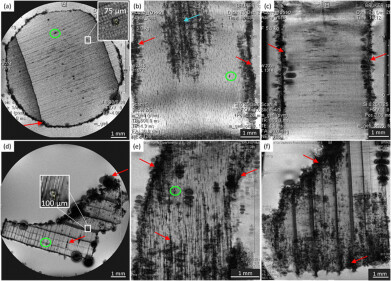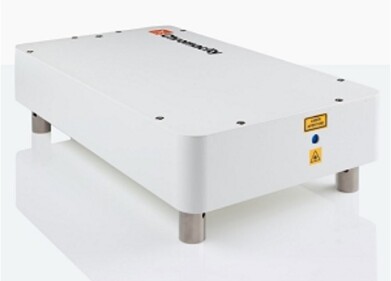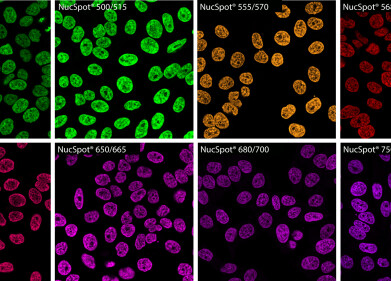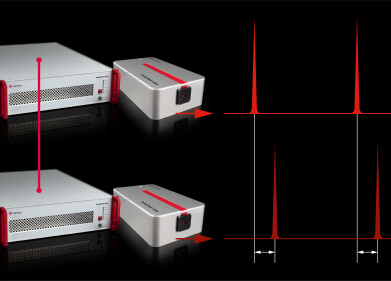Microscopy & Microtechniques
Report on the use of Quantitative Imaging for the study of living Bacteria
Jul 26 2013
Dr Christian Marlière of the Institute of Molecular Sciences (ISMO) located at the Université Paris Sud, CNRS, Orsay leads a research team to study the dynamics and properties of living bacteria in purely controlled physiological conditions at nanometer scale: motility or adhesion processes of bacteria on solid substrates, biofilms formation, the influence of light on moving properties of cyanobacteria, effects of antibiotics on bacterial membranes and biofilm. One subject of importance is the correlation between the physical, chemical and biological processes involved at sub-micrometer scale around bacteria and their biofilms plus the resulting variation of electrical signals as measured with common macroscopic methods such as electrical conductivity, impedance or spontaneous potential measurements currently used in geophysics. These scanning probe techniques are used in parallel with optical methods having high spatial and temporal resolution such as fluorescence confocal microscopy, Sum Frequency Generation spectroscopy (SFG), STimulated Emission Depletion microscopy (STED), Photo-Activated Localization Microscopy (PALM) and Total Internal Reflection Fluorescence (TIRF) microscopy.
Describing his motivation for using AFM in his research, Dr Marlière said: "Thanks to AFM, we are able to make measurements of local mechanical, electric and electro-chemical properties at very well controlled spots on or over the bacteria. JPK's design will enable us to couple it to the advanced microscopies listed above. However, there is something most valuable in the latest JPK NanoWizard®3 AFM system: Quantitative Imaging. Our recent work is based on an original method relying on an improved combination of a gentle sample preparation process and the JPK QI™ mode. We were able to image living bacteria by AFM in their standard (physiological) liquid environment without any external immobilisation step that has been unanimously described in literature as mandatory. Furthermore, the native gliding movements of some bacteria (such as cyanobacteria) upon the surface were observed by AFM and important information about the gliding mechanism was obtained."
An example of this work has been published in a paper entitled ‘In-situ determination of the mechanical properties of gliding or non-motile bacteria by Atomic Force Microscopy under physiological conditions without immobilisation’.
Digital Edition
Lab Asia 31.6 Dec 2024
December 2024
Chromatography Articles - Sustainable chromatography: Embracing software for greener methods Mass Spectrometry & Spectroscopy Articles - Solving industry challenges for phosphorus containi...
View all digital editions
Events
Jan 22 2025 Tokyo, Japan
Jan 22 2025 Birmingham, UK
Jan 25 2025 San Diego, CA, USA
Jan 27 2025 Dubai, UAE
Jan 29 2025 Tokyo, Japan



















